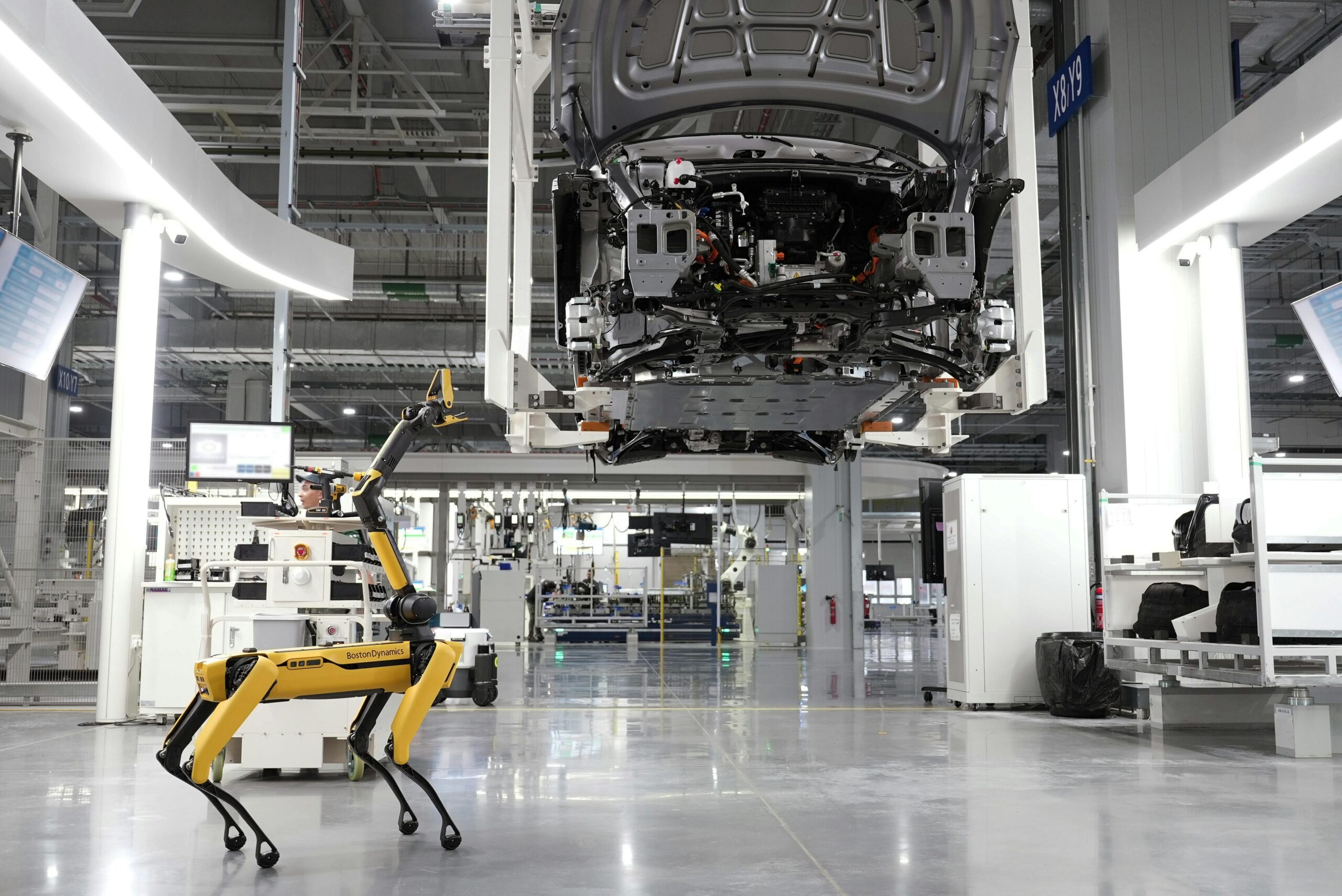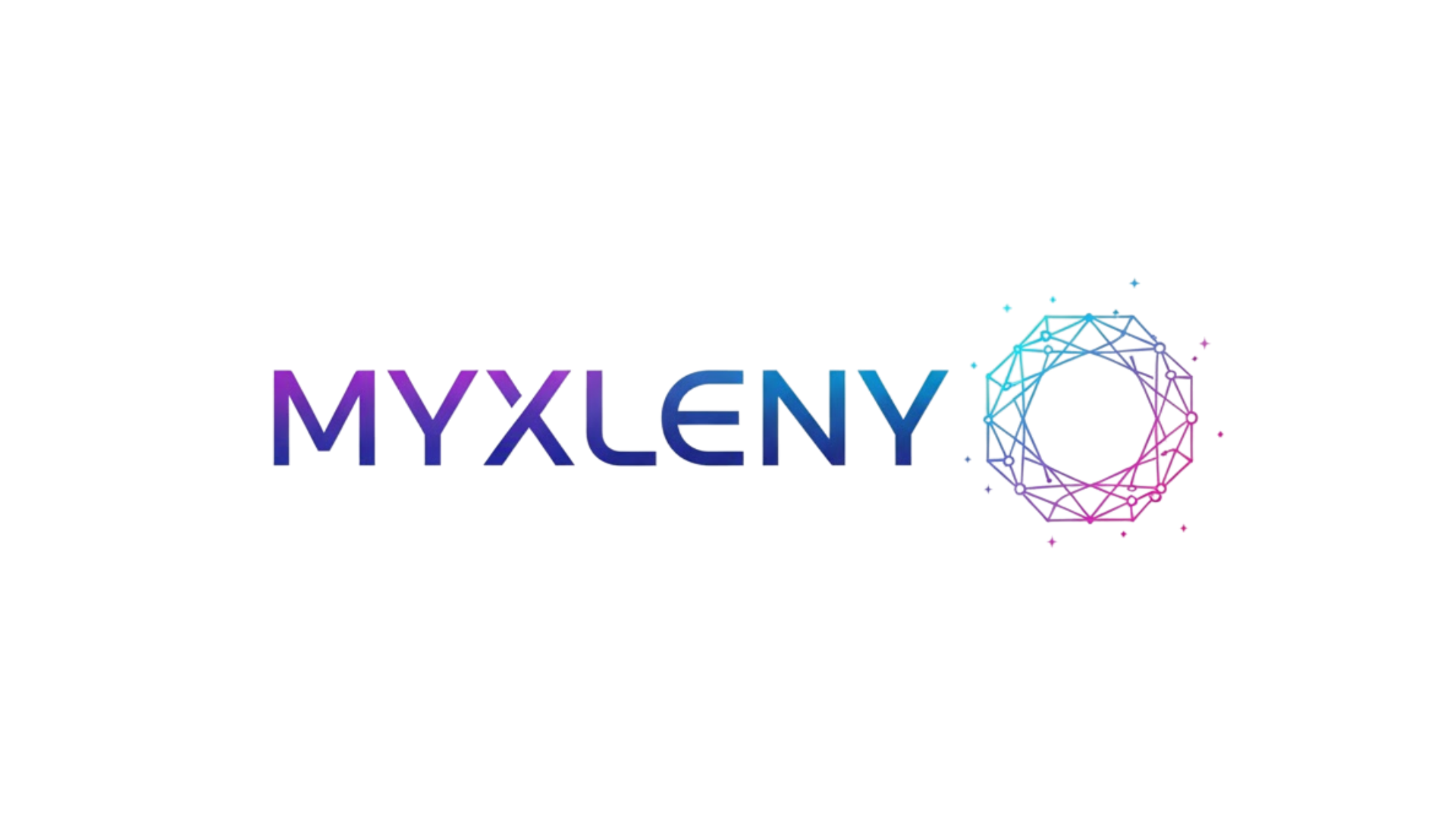Modern businesses face mounting pressure to deliver faster results with fewer errors. Cognitive automation tools are transforming how organizations operate, combining artificial intelligence with workflow management to create unprecedented efficiency gains.
🚀 Understanding Cognitive Automation in Today’s Digital Landscape
Cognitive automation represents the next evolution beyond traditional robotic process automation (RPA). While RPA handles repetitive, rule-based tasks, cognitive automation incorporates machine learning, natural language processing, and artificial intelligence to manage complex processes that previously required human judgment and decision-making.
These intelligent systems can analyze unstructured data, recognize patterns, make predictions, and continuously improve their performance over time. For businesses struggling with information overload and operational bottlenecks, cognitive automation tools offer a practical solution that delivers measurable results.
The technology has matured significantly in recent years, becoming more accessible to organizations of all sizes. What once required extensive programming knowledge and substantial capital investment can now be implemented through user-friendly platforms with intuitive interfaces.
💡 The Core Components That Drive Cognitive Automation
Understanding the foundational technologies behind cognitive automation helps organizations make informed decisions about implementation. These systems typically combine several key components working in harmony.
Machine Learning and Predictive Analytics
At the heart of cognitive automation lies machine learning algorithms that identify patterns and make predictions based on historical data. These systems become smarter with each interaction, refining their accuracy and expanding their capabilities without explicit programming.
Predictive analytics allows organizations to anticipate outcomes, identify potential problems before they occur, and optimize resource allocation based on data-driven forecasts rather than intuition or outdated historical precedents.
Natural Language Processing for Human-Like Understanding
Natural language processing (NLP) enables machines to understand, interpret, and generate human language in meaningful ways. This capability transforms how businesses handle customer communications, document processing, and information extraction from unstructured sources.
NLP-powered tools can read emails, analyze sentiment in customer feedback, extract relevant information from contracts, and even generate responses that maintain appropriate tone and context. This functionality dramatically reduces the time spent on communication-heavy tasks.
Computer Vision for Visual Data Processing
Computer vision technologies allow cognitive automation systems to process and understand visual information. From scanning documents and extracting data to quality control inspections and security monitoring, these capabilities extend automation into domains that were previously human-exclusive.
📊 Quantifiable Benefits That Transform Business Operations
Organizations implementing cognitive automation tools consistently report significant improvements across multiple performance indicators. These benefits extend beyond simple time savings to encompass quality improvements, cost reductions, and enhanced employee satisfaction.
Dramatic Efficiency Gains Through Intelligent Task Management
Cognitive automation eliminates the manual handling of routine tasks, allowing employees to focus on strategic initiatives that require creativity and critical thinking. Studies show that organizations can reduce process completion times by 50-80% for automated workflows.
These efficiency gains compound over time as the systems learn and optimize their performance. Tasks that once required hours of manual effort can be completed in minutes, freeing valuable human resources for higher-value activities.
Enhanced Accuracy That Eliminates Costly Errors
Human error represents a significant cost factor for most organizations, particularly in data-intensive processes. Cognitive automation systems maintain consistent accuracy rates above 95%, with many achieving near-perfect performance in structured environments.
The financial impact extends beyond avoiding mistakes. Improved accuracy builds customer trust, reduces compliance risks, and eliminates the need for extensive quality control measures that add time and expense to processes.
Scalability Without Proportional Cost Increases
Traditional scaling requires hiring additional staff, providing training, and managing larger teams. Cognitive automation tools scale effortlessly to handle increased workloads without proportional cost increases, making growth more sustainable and profitable.
Organizations can process thousands of transactions with the same infrastructure that handles hundreds, maintaining consistent quality and speed regardless of volume fluctuations.
🔧 Practical Applications Across Industry Verticals
Cognitive automation delivers value across virtually every industry sector, with specific applications tailored to unique operational challenges and opportunities.
Financial Services: Accelerating Complex Processes
Banks and financial institutions leverage cognitive automation for loan processing, fraud detection, compliance monitoring, and customer service. These systems analyze thousands of data points to make credit decisions in minutes, identify suspicious transactions in real-time, and ensure regulatory compliance across multiple jurisdictions.
The technology has proven particularly valuable for anti-money laundering efforts, where cognitive systems can detect subtle patterns that human analysts might miss while processing enormous transaction volumes.
Healthcare: Improving Patient Care and Administrative Efficiency
Healthcare organizations use cognitive automation to streamline appointment scheduling, process insurance claims, analyze medical records, and support diagnostic decisions. These applications reduce administrative burdens on medical professionals while improving patient outcomes through faster, more accurate information processing.
Medical coding and billing, traditionally labor-intensive processes prone to errors, benefit enormously from cognitive automation that accurately interprets medical documentation and applies appropriate codes.
Retail and E-Commerce: Personalizing Customer Experiences
Retailers deploy cognitive automation for inventory management, demand forecasting, customer service, and personalized marketing. These systems analyze purchasing patterns, predict trends, and optimize supply chains while delivering tailored shopping experiences that increase conversion rates.
Customer service chatbots powered by cognitive automation handle routine inquiries with natural conversations, escalating complex issues to human agents only when necessary, ensuring efficient resource utilization.
Manufacturing: Optimizing Production and Quality Control
Manufacturing operations benefit from cognitive automation through predictive maintenance, quality inspection, supply chain optimization, and production scheduling. These systems prevent equipment failures, identify defects with superhuman precision, and continuously optimize production parameters for maximum efficiency.
⚙️ Strategic Implementation for Maximum Success
Successful cognitive automation initiatives require careful planning and execution. Organizations that approach implementation strategically achieve better results and faster return on investment.
Identifying High-Impact Automation Opportunities
Begin by mapping current workflows and identifying processes that consume significant time, involve repetitive tasks, or generate frequent errors. Ideal candidates for cognitive automation typically involve high transaction volumes, rule-based decision-making, and structured or semi-structured data.
Prioritize opportunities based on potential impact, implementation complexity, and strategic importance. Quick wins that deliver visible results build organizational support for broader automation initiatives.
Building Cross-Functional Implementation Teams
Effective cognitive automation implementation requires collaboration between IT professionals, process owners, and end users. Cross-functional teams ensure that technical capabilities align with business needs and that solutions address real operational challenges.
Include change management specialists who can facilitate organizational adoption and address resistance that often accompanies significant workflow changes.
Starting Small and Scaling Strategically
Pilot projects allow organizations to validate technology choices, refine implementation approaches, and demonstrate value before making substantial commitments. Start with contained processes that offer clear success metrics and manageable complexity.
Use insights from pilot projects to develop standardized implementation frameworks that accelerate subsequent deployments while maintaining quality and consistency.
🛠️ Selecting the Right Tools for Your Organization
The cognitive automation marketplace offers numerous platforms and solutions, each with distinct capabilities, strengths, and ideal use cases. Organizations must evaluate options carefully to ensure alignment with specific needs and technical environments.
Platform Capabilities and Integration Requirements
Assess how well potential solutions integrate with existing systems and data sources. Seamless integration minimizes implementation complexity and ensures that automation tools can access necessary information without creating data silos.
Consider whether platforms offer pre-built connectors for your critical business applications or require custom integration development that adds time and cost to implementation.
Scalability and Future-Proofing Considerations
Choose platforms that can grow with your organization, handling increased transaction volumes and expanding to new use cases without requiring complete reimplementation. Cloud-based solutions typically offer superior scalability compared to on-premises alternatives.
Evaluate vendor roadmaps to ensure that platforms continue evolving with emerging technologies and maintain compatibility with changing business requirements.
User Experience and Adoption Factors
The most sophisticated cognitive automation platform delivers limited value if employees struggle to use it effectively. Prioritize solutions with intuitive interfaces, comprehensive training resources, and strong vendor support.
Consider involving end users in evaluation processes to gather feedback on usability and identify potential adoption challenges before making final selections.
📈 Measuring Success and Optimizing Performance
Establishing clear metrics and monitoring performance ensures that cognitive automation investments deliver expected returns and identifies opportunities for continuous improvement.
Key Performance Indicators for Automation Success
Define specific, measurable objectives for each automated process. Common KPIs include process completion time, error rates, transaction costs, employee time savings, and customer satisfaction scores.
Track both efficiency metrics and quality indicators to ensure that speed improvements don’t come at the expense of accuracy or customer experience. Balanced scorecards provide comprehensive views of automation performance.
Continuous Improvement Through Data-Driven Optimization
Cognitive automation systems generate valuable data about process performance, bottlenecks, and improvement opportunities. Regularly analyze this information to identify optimization opportunities and refine automation rules.
Establish feedback loops that allow the systems to learn from outcomes and automatically adjust parameters for improved performance. This continuous learning capability represents one of cognitive automation’s most powerful advantages.
🌟 Overcoming Common Implementation Challenges
Understanding typical obstacles helps organizations anticipate difficulties and develop mitigation strategies that keep implementation projects on track.
Managing Organizational Change and Resistance
Employee concerns about job security and workflow changes often create resistance to automation initiatives. Address these concerns transparently by emphasizing how automation eliminates tedious tasks and enables employees to focus on more rewarding, strategic work.
Involve employees in implementation processes, soliciting their input and incorporating their expertise about current workflows. This inclusive approach builds buy-in and leverages valuable institutional knowledge.
Ensuring Data Quality and System Integration
Cognitive automation systems require high-quality data to perform effectively. Poor data quality undermines accuracy and limits automation potential. Invest in data cleansing and governance initiatives alongside automation implementations.
Integration challenges can derail projects when legacy systems lack modern APIs or when data formats prove incompatible. Budget adequate time and resources for integration work, often the most time-consuming aspect of implementation.
Maintaining Security and Compliance Standards
Automated systems handling sensitive data must maintain robust security controls and comply with relevant regulations. Work closely with security and compliance teams to ensure that automation implementations meet all requirements.
Regular audits verify that automated processes maintain appropriate controls and that security measures adapt to evolving threats and regulatory requirements.
🔮 Future Trends Shaping Cognitive Automation Evolution
Cognitive automation continues evolving rapidly, with emerging capabilities expanding the range of processes that can benefit from intelligent automation.
Hyperautomation and End-to-End Process Transformation
Organizations are moving beyond automating individual tasks toward comprehensive process transformation. Hyperautomation combines multiple technologies—RPA, cognitive automation, process mining, and workflow orchestration—to automate entire business processes from end to end.
This holistic approach delivers greater benefits than piecemeal automation while eliminating inefficiencies that exist between automated islands within otherwise manual workflows.
Enhanced Decision Intelligence and Autonomous Systems
Next-generation cognitive automation incorporates advanced decision-making capabilities that handle increasingly complex scenarios with minimal human intervention. These systems don’t just execute tasks; they make sophisticated judgments based on multiple variables and contextual factors.
Autonomous systems will eventually handle strategic decisions currently reserved for senior management, though human oversight will remain essential for ethical and accountability reasons.
Democratization Through No-Code and Low-Code Platforms
User-friendly platforms enable business users without technical backgrounds to create and modify automation workflows. This democratization accelerates adoption and allows organizations to leverage automation opportunities without overwhelming IT departments.
Citizen developers can address departmental needs quickly while IT teams focus on enterprise-wide infrastructure and complex integration challenges.
💼 Building a Culture of Continuous Innovation
Sustainable cognitive automation success requires more than technology implementation. Organizations must cultivate cultures that embrace innovation, continuous improvement, and technological advancement.
Encourage experimentation and accept that some automation initiatives will require iteration and refinement. Create forums where employees share automation successes and lessons learned, building organizational knowledge and enthusiasm.
Recognize and reward employees who identify automation opportunities or contribute to successful implementations. These incentives reinforce the importance of efficiency and innovation while demonstrating organizational commitment to transformation.
Invest in ongoing training that keeps teams current with emerging cognitive automation capabilities and best practices. Technology evolves rapidly, and organizations that maintain cutting-edge knowledge gain competitive advantages.

🎯 Taking Action: Your Path Forward with Cognitive Automation
Cognitive automation represents a transformative opportunity for organizations seeking competitive advantages through operational excellence. The technology has matured to the point where benefits significantly outweigh implementation challenges for most use cases.
Begin your journey by conducting a thorough assessment of current processes, identifying high-impact automation opportunities, and building cross-functional teams capable of successful implementation. Start with focused pilot projects that demonstrate value quickly while building organizational capabilities and confidence.
Remember that cognitive automation is not a one-time project but an ongoing journey of continuous improvement and expanding capabilities. Organizations that embrace this mindset and commit to long-term transformation will reap the greatest rewards in efficiency, accuracy, and competitive positioning.
The question is no longer whether to adopt cognitive automation, but how quickly you can implement it to stay ahead of competitors who are already leveraging these powerful tools to revolutionize their workflows and maximize productivity.
Toni Santos is a future-of-work researcher and social innovation writer exploring how technology, culture, and global mobility are redefining what it means to work and thrive in the 21st century. Through his studies on automation, digital nomadism, and workforce transformation, Toni examines the balance between progress, adaptability, and human purpose in a rapidly changing world. Passionate about remote collaboration systems and digital inclusion, Toni focuses on how emerging tools and global connectivity empower individuals to build meaningful, flexible, and resilient careers. His work highlights how automation and new work models can coexist with creativity, empathy, and social value. Blending sociology, economics, and digital strategy, Toni writes about the human side of innovation — helping readers understand not only where work is heading, but how to align with its transformation responsibly and purposefully. His work is a tribute to: The evolving relationship between automation and human employment The rise of global, location-independent lifestyles The power of resilience and adaptability in the modern workforce Whether you are a freelancer, remote leader, or curious observer of the new economy, Toni Santos invites you to explore the future of work — one idea, one connection, one transformation at a time.




